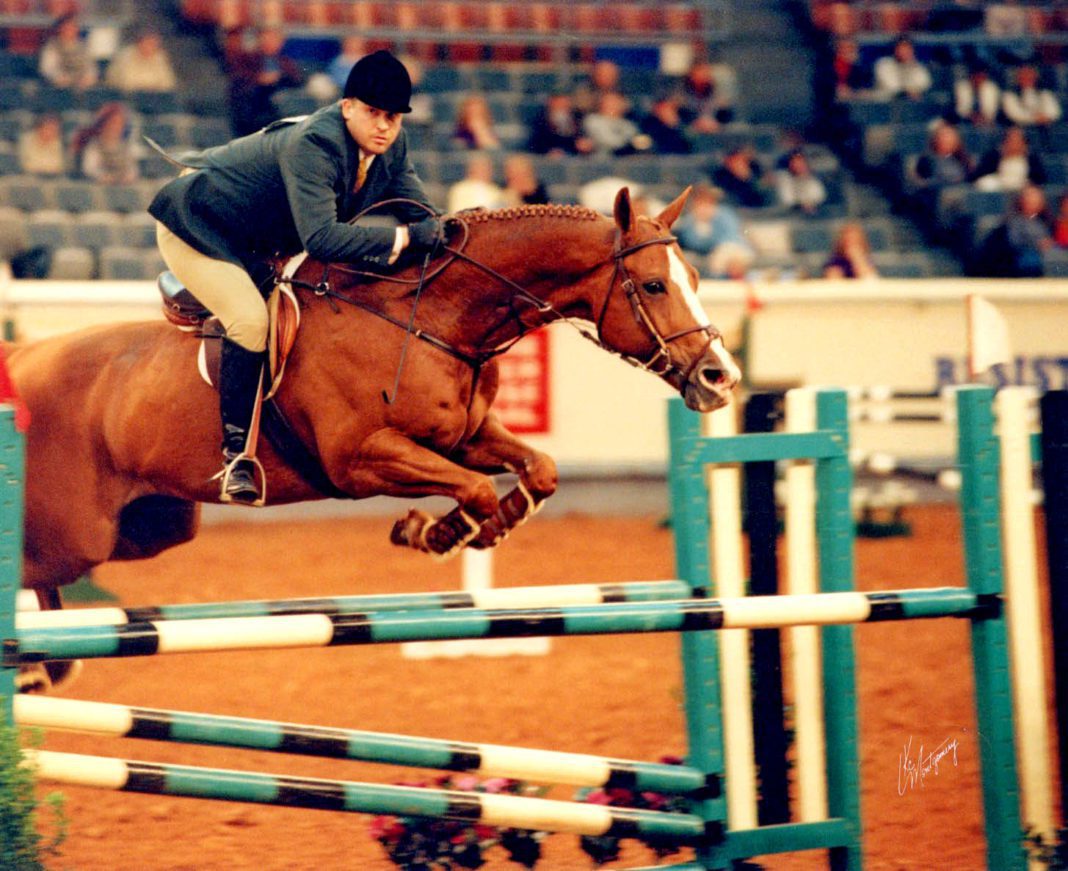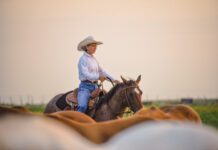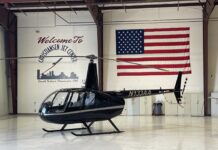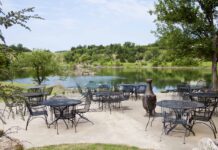Horses are Stoney Stamper’s bread and butter, and it’s been that way in his family since 1905. But climbing into the saddle is also a lot of fun.
“If you can spend a lot of time by yourself, out in nature, just you and your horse, that’s a pretty darned good day,” he says.
Oklahomans have a love affair with horses.
“Working with horses can really bring out the best in people,” says Stamper, 43, who lives in Blanchard. “Horses teach you patience and discipline. It’s been important to me for my children to be involved with horses and livestock for that reason.”
Tatum Keller of Yukon started showing quarter horses when she was eight years old. Now she’s 18 and a freshman at Texas Christian University, where she won a scholarship to ride for the equestrian team.
“Quarter horses are what I grew up with,” she says. “They are super talented animals.”
Oklahoma boasts a diversity of horse breeds, but quarter horses are the most popular. On Aug. 10, a bill designating the quarter horse as the official state horse was signed into law.
The state ranks behind only Texas in quarter horse numbers but is first per-capita, according to the Oklahoma Cooperative Extension Service.
Stamper, who, like Keller, won world American Quarter Horse Association titles in his youth, attended college on scholarships for his equine judging expertise. When he was entering cutting and reining events, Stamper showed every weekend for six or seven months out of the year.
“To make it a business, you have to compete and win,” he says. “People who show are advertising for their ranches. A stallion’s breeding fee can be $25,000 or more.”
Keller is the daughter of Mike and Heather, who met as competitors. Her dad now trains horses for a living and her sister, Piper, 15, also competes in the youth division in events including horsemanship, showmanship and hunt seat equitation.
“You work so hard, and get to do it with your family,” says Keller. “It’s a very fulfilling thing to do.” And her horses, she says, “love to show and love to be the center of attention.”
Stamper is national sales director for Hart Trailers in Chickasha. It’s a corporate sponsor of the National Reining Horse Association, which is based in Oklahoma City.
“At least 75% of aluminum horse trailers that are built are built in Oklahoma,” says Stamper. “Steel trailers have a huge presence in Oklahoma, too.”
Entries are on the rise in reining association shows, Stamper says, which he attributes to a focus on the discipline in the television show Yellowstone. Reining events involve guiding horses through a pattern of maneuvers, “and that pattern has to be followed to a T,” Stamper says, showing the willingness of a horse to follow the rider’s cues.
“Those cowboys, they lived on the back of a horse,” explains Stamper. “They didn’t have much time to give to horses that would not listen and do the things that were asked of them.”
The Extension Service says the equine industry contributes to the state’s economy with breeding and training farms, boarding stables, camp and trail-ride businesses, horse sales, tack and clothing manufacturing and racing, rodeo and show events. In 2018, the estimated economic impact was $3.9 billion and 39,000 jobs.
Oklahoma, An Equine Hub
Oklahoma hosts more national and international horse shows than anywhere in the world, says Scott Munz, senior vice president of marketing and sales for OKC Fairgrounds.
Among the 15 shows held every year in Oklahoma City are the American Quarter Horse Association world shows, the National Reining Horse Association futurity and derby, the Arabian Youth Nationals, the OKC Futurity barrel racing show and the Grand National World Championship and Morgan Horse Show.
“We have long-term contracts with all our major horse shows,” says Munz. “We are the envy of almost any city that is interested in horse shows.”
Since 2005, when Oklahoma City voters approved a hotel/motel tax increase, the city has invested between $120 and $150 million in the equine complex at OKC Fairgrounds, says Munz. Upgrades include an enlarged barn complex, new stalls that are easier to clean, two outdoor covered exercise arenas and a total of seven show arenas.


























